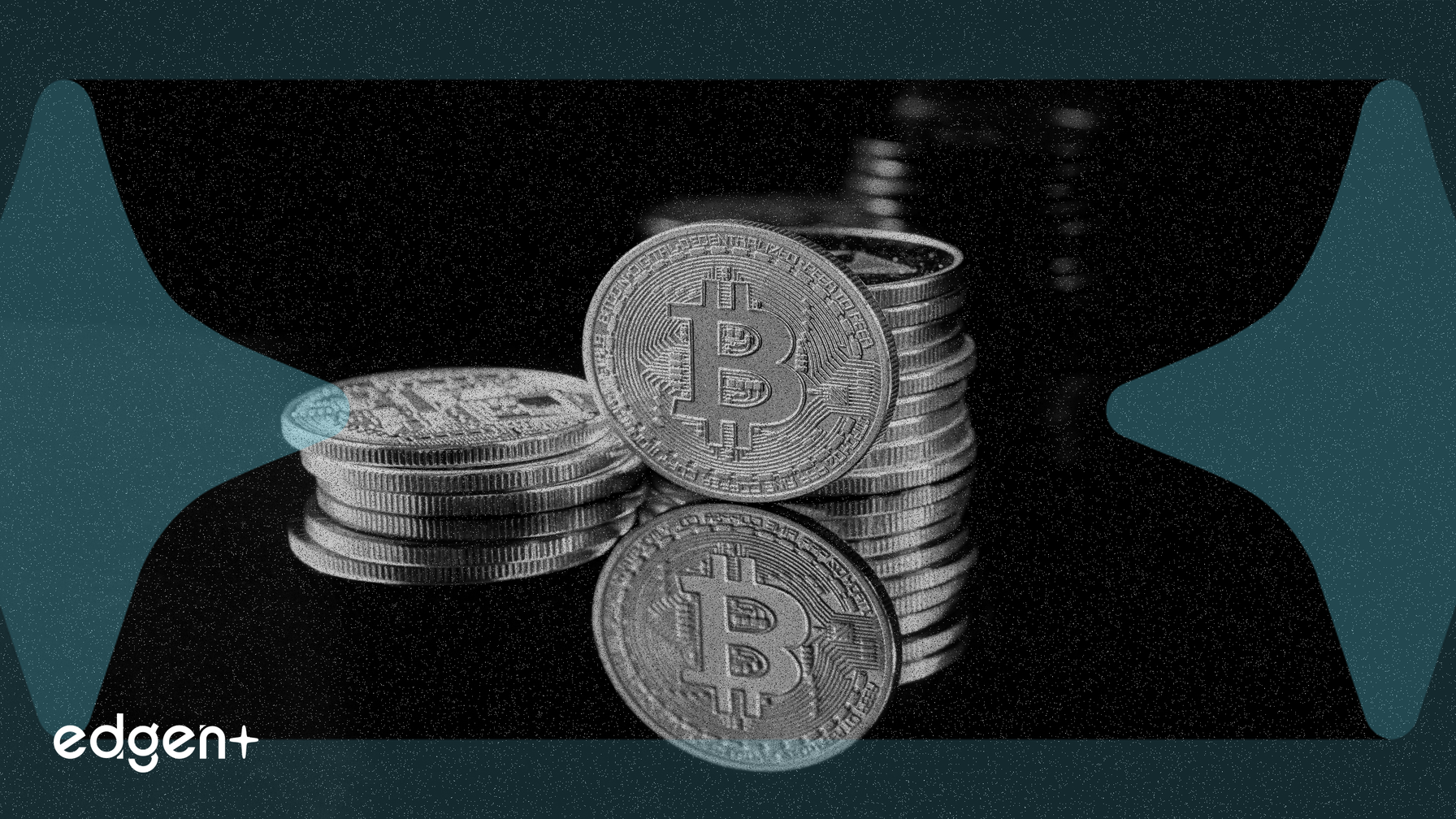Résumé exécutif
Pixelverse a initié un changement stratégique de sa présence de jeu basée sur Telegram vers un écosystème Web3 plus profondément intégré, en lançant Pixelverse Arcade sur le réseau Ethereum Layer-2 Base et en s'intégrant à la plateforme sociale décentralisée Farcaster. Cette transition, annoncée le 18 septembre 2025, introduit Storychain, un jeu de narration collaborative alimenté par des agents IA conçu pour favoriser l'engagement natif du Web3 et la propriété numérique on-chain grâce aux NFT et au jeton PIXFI.
L'événement en détail
Pixelverse, une entité de jeu Web3, étend ses opérations en établissant Pixelverse Arcade sur le réseau Base. Cette nouvelle couche Arcade vise à unifier l'identité et la progression des joueurs à travers tous les titres Pixelverse, chaque action en jeu contribuant à un Passe de combat saisonnier où les récompenses, les objets et les réalisations sont enregistrés on-chain. Ce système est conçu pour offrir aux joueurs une progression persistante et une propriété vérifiable des actifs numériques.
Le titre inaugural au sein de Pixelverse Arcade est Storychain, un jeu de narration collaborative déployé sur Farcaster. Dans ce jeu, un agent IA, hébergé par Pixelverse, établit les règles pour chaque fil narratif. Les utilisateurs contribuent par de courts fragments, et une fois terminé, l'histoire résultante est frappée en tant que NFT sur Base, tous les contributeurs étant crédités on-chain. Ces histoires complètes sont ensuite organisées en collections associées aux partenaires mèmes de Pixelverse, et la participation est encouragée par des classements et des récompenses distribuées dans le jeton PIXFI natif de la plateforme.
Kori Leon, co-fondateur de Pixelverse, a déclaré que Storychain transforme la conversation quotidienne en un jeu et un actif on-chain, représentant une étape fondamentale vers une nouvelle catégorie de jeux réalisable uniquement sur des réseaux ouverts tels que Base et Farcaster.
Déconstruire les mécanismes financiers
Les mécanismes financiers sous-jacents à la transition de Pixelverse sont centrés sur l'établissement d'une valeur on-chain vérifiable et l'incitation à la participation dans un cadre Web3. Le jeton PIXFI, le jeton d'écosystème existant, est prévu pour être déployé sur Base. Cette intégration liera directement les récompenses de jeu, les activités de trading et l'engagement communautaire au réseau blockchain sous-jacent. Le jeton est également soumis à des mécanismes de rachat potentiels liés aux revenus générés par le Pixelverse Arcade, offrant un mécanisme déflationniste ou d'accumulation de valeur.
De plus, la frappe d'histoires collaboratives en tant que NFT sur Base introduit une forme directe de propriété d'actifs numériques pour le contenu généré par l'utilisateur. Ces NFT représentent des enregistrements uniques et immuables de production créative, offrant un potentiel d'activité sur le marché secondaire et une valeur intrinsèque pour les contributeurs qui sont crédités on-chain. Le système de Passe de combat enregistre les récompenses, les objets et les réalisations directement on-chain, garantissant que les joueurs conservent la propriété vérifiable de leur progression en jeu et de leurs objets de collection numériques, allant au-delà des métriques mobiles éphémères pour devenir des actifs persistants et composables.
Stratégie commerciale et positionnement sur le marché
Le mouvement stratégique de Pixelverse reflète un pivot délibéré d'un public de style Web2 large et occasionnel acquis grâce à ses jeux « tap-to-earn » sur Telegram (qui ont attiré 27 millions d'utilisateurs actifs mensuels) vers une communauté native Web3 plus ciblée. Kori Leon a souligné les limites de Telegram pour l'intégration de mécanismes Web3 évolutifs, notant que sur Telegram, les objets de collection et les intégrations de portefeuille sont principalement contrôlés par la plateforme, ce qui conduit la plupart des utilisateurs à rester dans un environnement Web2.
En revanche, Farcaster facilite les interactions natives du Web3 dès le début, avec des connexions directes à des portefeuilles tels que Coinbase Wallet et une intégration avec Base. Cette approche cible les utilisateurs qui sont déjà natifs de la crypto, anticipant un engagement et des taux de conversion plus solides. Pixelverse a également recherché des intégrations directes avec d'éminentes communautés Base natives de mèmes, notamment Toshi, Ski Mask Dog, Mr. Mingles et Brett, pour favoriser l'engagement communautaire immédiat via des objets de collection et des récompenses saisonnières sur Base, Farcaster servant de couche de distribution sociale.
Implications plus larges pour le marché
Cette évolution stratégique de Pixelverse a plusieurs implications pour l'écosystème Web3 au sens large. Elle signale une tendance croissante des projets cryptographiques réussis à migrer de plateformes plus centralisées ou centrées sur le Web2 vers des environnements ouverts on-chain afin de débloquer des fonctionnalités et des modèles de propriété Web3 plus profonds. Ce mouvement pourrait encourager d'autres projets à reconsidérer leurs choix de plateforme, stimulant ainsi l'adoption et le développement des solutions Layer-2 comme Base et des protocoles sociaux décentralisés comme Farcaster.
L'introduction de Storychain démontre une application novatrice des agents IA et des NFT dans un contexte de jeu social collaboratif. En transformant les interactions sociales éphémères en actifs numériques permanents et appropriables, Pixelverse étend l'utilité et la valeur perçue des NFT au-delà de l'art ou des objets de collection traditionnels vers du contenu narratif généré par l'utilisateur. Cela pourrait inspirer de nouveaux modèles de création de contenu, d'engagement communautaire et de propriété numérique dans les secteurs des médias sociaux décentralisés et des jeux. Le changement valide également la thèse selon laquelle les plateformes natives du Web3 peuvent offrir des possibilités plus riches pour des objets de collection persistants et un gameplay composable, même si elles exigent un degré de fluidité Web3 plus élevé de la part des utilisateurs par rapport à leurs homologues Web2. Les investisseurs de Pixelverse, y compris Delphi Ventures, Mechanism Capital, Merit Circle et le Gate.io Meme Fund, observent si le projet peut traduire son échelle passée en participants actifs et engagés au sein de ce cadre Web3 en évolution.
source :[1] 'Pixelverse' s'étend depuis Telegram avec un jeu d'agent IA sur Farcaster - Decrypt (https://decrypt.co/340016/pixelverse-expands- ...)[2] Pixelverse s'étend au-delà du jeu « tap-to-earn » de Telegram vers une arcade sociale Web3 sur Base et Farcaster - Blockchain Reporter (https://vertexaisearch.cloud.google.com/groun ...)[3] Pixelverse évolue du jeu « tap-to-earn » de Telegram vers une arcade sociale Web3 sur Base et Farcaster - Analytics Insight (https://vertexaisearch.cloud.google.com/groun ...)



